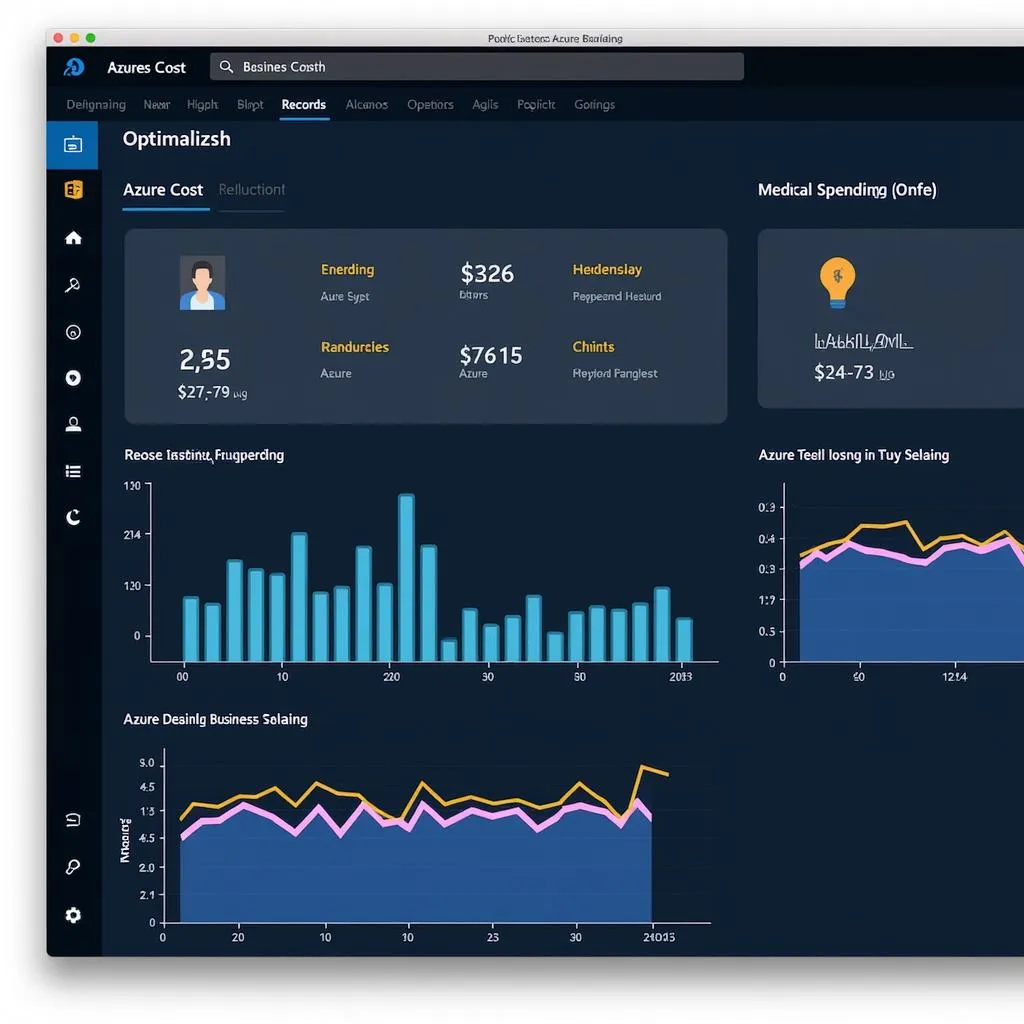As businesses in the ASEAN region increasingly embrace digital transformation, the adoption of cloud computing platforms like Microsoft Azure has surged. However, optimizing costs on Azure is crucial for maximizing the return on investment (ROI) for these cloud initiatives. This article delves into the intricacies of ASEAN cost optimization on Azure, providing valuable insights and practical strategies to help organizations effectively manage and reduce their cloud spending.
 Businesses adopting Azure cloud in ASEAN
Businesses adopting Azure cloud in ASEAN
Factors Influencing Azure Costs in ASEAN
Several factors contribute to the complexity of managing Azure costs for ASEAN businesses:
- Currency Fluctuations: The volatile nature of ASEAN currencies against the US dollar, the currency in which Azure services are billed, can lead to unpredictable cost variations.
- Data Residency Regulations: Many ASEAN countries have data sovereignty laws that require storing certain data within their borders, potentially impacting data transfer and storage costs.
- Diverse IT Infrastructure: ASEAN nations possess varying levels of IT infrastructure maturity, influencing the complexity and costs associated with migrating to and managing cloud resources on Azure.
Key Strategies for ASEAN Cost Optimization on Azure
Implementing effective cost optimization strategies is paramount for ASEAN businesses to harness the full potential of Azure without breaking the bank.
1. Right-Sizing Resources: Avoiding Overspending and Underutilization
One of the most fundamental aspects of Azure cost optimization is ensuring that you are not paying for resources you don’t need or are not using to their full potential.
- Azure Advisor Recommendations: Leverage Azure Advisor, a built-in tool that analyzes your resource utilization and provides personalized recommendations for right-sizing virtual machines, databases, and other services.
- Azure Cost Management: This powerful toolset provides comprehensive visibility into your Azure spending, enabling you to track costs by resource, service, and time period. Identify and downsize underutilized resources based on historical usage patterns.
2. Reserved Instances and Azure Savings Plans: Committing for Savings
For predictable workloads, taking advantage of Azure’s pricing options for reserved instances and savings plans can lead to significant cost reductions.
- Reserved Instances (RIs): By committing to a one- or three-year term for specific virtual machines, you can benefit from discounted hourly rates compared to pay-as-you-go pricing.
- Azure Savings Plans: For more flexible commitments, Azure Savings Plans allow you to pre-pay for compute usage with discounted hourly rates, regardless of instance size or region.
3. Azure Hybrid Benefit: Maximizing Existing Investments
If you have existing on-premises Windows Server or SQL Server licenses with Software Assurance, the Azure Hybrid Benefit allows you to utilize these licenses to run equivalent services on Azure at reduced costs.
- Windows Server Licenses: Bring your own licenses to Azure and save up to 40% on virtual machine costs.
- SQL Server Licenses: Utilize your existing licenses to run SQL Server on Azure Virtual Machines or Azure SQL Database for significant cost savings.
 Managing Azure costs effectively
Managing Azure costs effectively
Case Study: ASEAN Media Company Optimizes Azure Costs
An ASEAN-based media company, facing increasing cloud costs due to growing content storage and delivery requirements, implemented several cost optimization strategies on Azure:
- Implemented Azure Blob Storage Lifecycle Management: By moving less frequently accessed content to lower-cost storage tiers (Cool and Archive), they significantly reduced storage expenses.
- Leveraged Azure Content Delivery Network (CDN): Distributing content closer to end-users through Azure CDN minimized latency and bandwidth costs associated with content delivery.
- Utilized Azure Reserved Instances: By reserving instances for their mission-critical media processing workloads, they achieved predictable costs and substantial discounts.
Conclusion: Embracing a Cost-Conscious Cloud Strategy in ASEAN
Optimizing Azure costs is not a one-time effort but an ongoing process that requires a proactive and strategic approach. By understanding the unique cost factors in the ASEAN region and implementing the strategies outlined above, businesses can effectively manage their cloud spending, maximize their ROI, and unlock the full potential of Azure for their digital transformation journey.
Frequently Asked Questions (FAQs)
1. What are the most common mistakes businesses make that lead to higher Azure costs?
Common mistakes include over-provisioning resources, neglecting to shut down unused resources, and not taking advantage of cost optimization features like reserved instances and savings plans.
2. How can I get started with Azure cost optimization?
Begin by enabling Azure Cost Management to gain visibility into your spending. Then, leverage tools like Azure Advisor to identify optimization opportunities.
3. What is the role of Azure governance in cost optimization?
Azure governance policies and controls help enforce cost-effective practices, such as setting spending limits, defining resource tagging policies, and automating resource shutdown schedules.
4. Are there any industry-specific cost optimization considerations for ASEAN businesses?
Yes, industries like finance, healthcare, and government may have specific compliance and regulatory requirements that impact their Azure cost optimization strategies.
5. What are some resources for staying up-to-date on Azure cost optimization best practices?
Microsoft Azure documentation, blogs, webinars, and community forums are excellent resources for staying informed about the latest cost optimization techniques.
Need Assistance with ASEAN Cost Optimization on Azure?
Our team of experts at Asean Media can help you navigate the complexities of Azure cost management and develop a tailored optimization strategy for your business. Contact us today at +84 369 020 373 or email us at aseanmediadirectory@gmail.com to schedule a consultation. We are located in Ngoc Lien Village, Hiep Hoa, Bac Giang, Vietnam, and offer 24/7 customer support.
